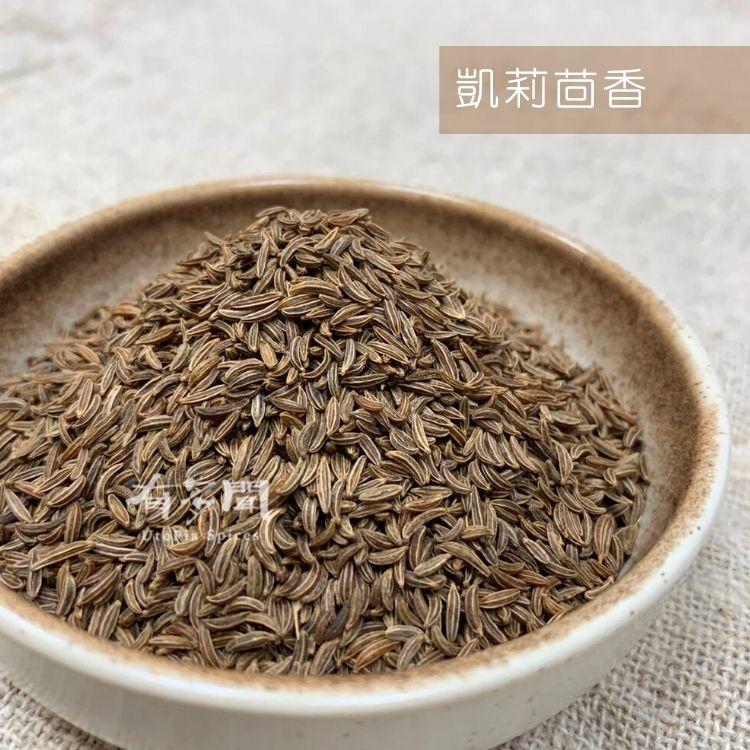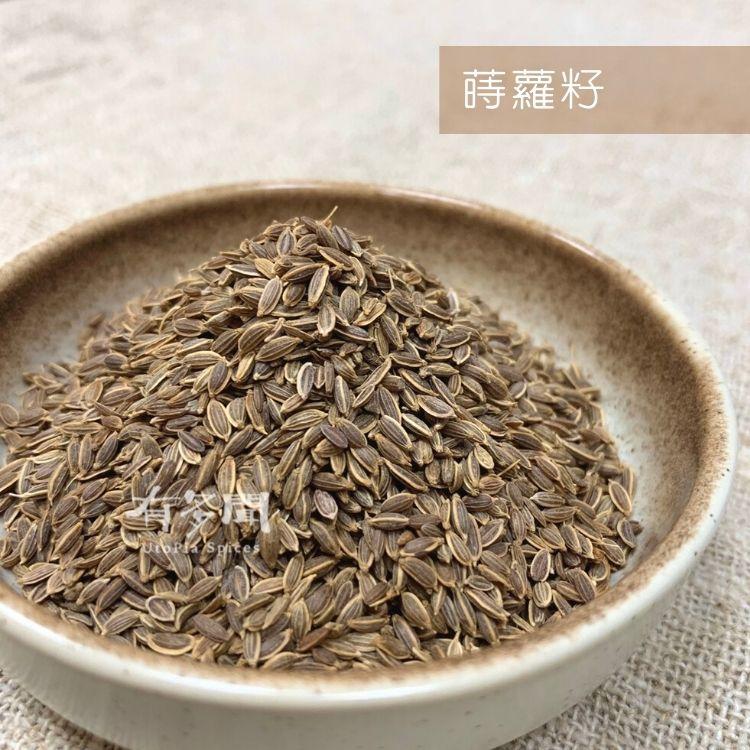
Feature:
Sweet basil is a variety of basil distinguished by its bright green color and larger leaves.
This basil is commonly used in Western cuisine, especially Mediterranean and Italian cuisine.
The leaves are oval in shape with smooth edges.
Taste and smell:
Sweet basil leaves have a sweeter flavor and are more aromatic than other varieties of basil.
The smell is very fragrant, with a hint of mint and sweetness.
Origin:
Egypt
Cooking dishes:
In Italian cuisine, sweet basil leaves are often used to make pesto.
It can also be used as a flavoring for pizza, salads and stews.
This basil leaf is also often used with tomatoes, especially in Caprese salads.
Applicable dishes:
Pasta with pesto sauce, pizza Margherita, Thai fried pork, stir-fried chicken, steak, tomato salad, pumpkin soup, toast
**Sweet basil leaves are a versatile and highly popular herb. Its sweet and fragrant flavor makes it ideal for many classic Western dishes. It is especially suitable for summer cooking, providing fresh flavors and beautiful colours. Sweet basil leaves are an essential ingredient in everything from Italian herb dressings to Mediterranean salads.









